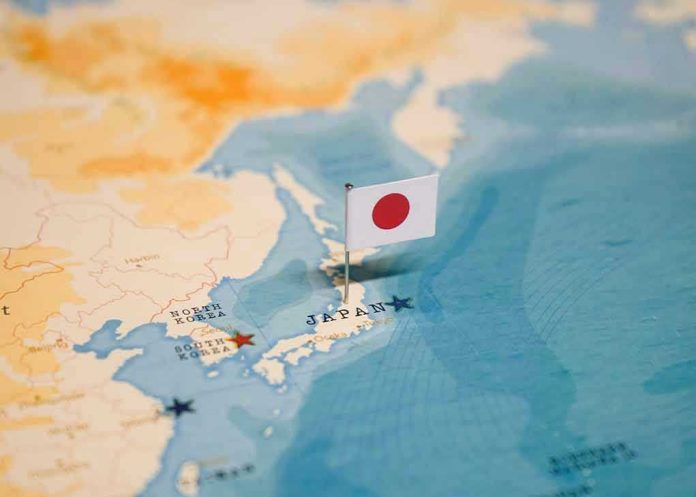
Japan’s first female prime minister breaks the ultimate glass ceiling while championing ultraconservative policies that could reshape Asian geopolitics and challenge China’s regional dominance.
Story Highlights
- Sanae Takaichi becomes Japan’s first female prime minister from the male-dominated Liberal Democratic Party
- Her ultraconservative stance includes hawkish positions on China and nationalist economic policies
- Coalition government formed with Japan Innovation Party despite internal party resistance
- Cabinet appointments fall short of promised female representation levels
Historic Leadership Breakthrough in Japanese Politics
Sanae Takaichi shattered Japan’s highest political barrier on October 21, 2025, when the National Diet elected her as the nation’s first female prime minister. Her ascension to power represents a monumental shift in a political system dominated by men since 1955, when the Liberal Democratic Party first gained control. Takaichi’s victory came after defeating Shinjirō Koizumi in a leadership runoff, culminating years of strategic positioning within the traditionally conservative party structure.
The new prime minister’s rise required navigating complex intra-party rivalries and building coalitions across ideological divides. Her previous leadership bids in 2021 and 2024 positioned her as a serious contender, despite finishing third and second respectively. Takaichi’s persistence through multiple campaigns demonstrates the determination needed to overcome institutional resistance to female leadership in Japan’s political establishment.
Conservative Ideology Meets Female Empowerment
Takaichi’s political philosophy presents a fascinating paradox that appeals to traditional conservative values while advocating for increased female participation in government. Her ultraconservative positions include maintaining traditional stances on family law and opposing same-sex marriage, aligning with core conservative principles that prioritize family values and traditional social structures. These positions resonate with voters who believe progressive social policies have gone too far in undermining established cultural foundations.
Despite her conservative social views, Takaichi has pledged to boost women’s roles in government and address work-life balance issues affecting Japanese families. Her approach demonstrates that advancing women’s opportunities doesn’t require abandoning traditional values or conservative governance principles. This balanced perspective offers a compelling alternative to liberal feminist approaches that often dismiss conservative women’s contributions to political progress.
Strategic Coalition Building and Cabinet Formation
The new prime minister formed a coalition government with the Japan Innovation Party, a libertarian conservative and populist organization that shares her commitment to limited government and individual responsibility. This partnership strengthens conservative representation while avoiding dependency on more progressive parties that might compromise core policy objectives. Takaichi’s cabinet appointments include Satsuki Katayama as Finance Minister and Kimi Onoda as Economic Security Minister, reflecting her focus on economic revitalization and national security priorities.
However, her cabinet composition includes only two female ministers, falling short of the “Nordic levels” of female representation she promised during her campaign. This discrepancy highlights the practical constraints of party politics and coalition building, even for leaders committed to advancing women’s participation. Critics argue this gap between rhetoric and reality undermines her credibility on gender issues, while supporters contend that meaningful change requires time and strategic patience.
Economic Nationalism and China Policy Implications
Takaichi’s economic agenda centers on stimulus measures and monetary easing designed to revitalize Japan’s stagnant economy while maintaining independence from foreign influence. Her nationalist approach prioritizes Japanese economic interests over globalist trade policies that have historically benefited multinational corporations at the expense of domestic workers and businesses. This economic philosophy aligns with conservative principles of putting national interests first in international economic relationships.
Her hawkish stance toward China represents a significant shift in regional geopolitics, potentially strengthening Japan’s resistance to Chinese expansion in the South China Sea and economic coercion throughout Asia. Takaichi’s willingness to confront China’s authoritarian regime demonstrates the kind of principled leadership needed to counter communist aggression and protect democratic values in the Pacific region. This approach mirrors successful conservative foreign policy strategies that prioritize strength and deterrence over appeasement and diplomatic weakness.
Sources:
Sanae Takaichi Wikipedia entry







